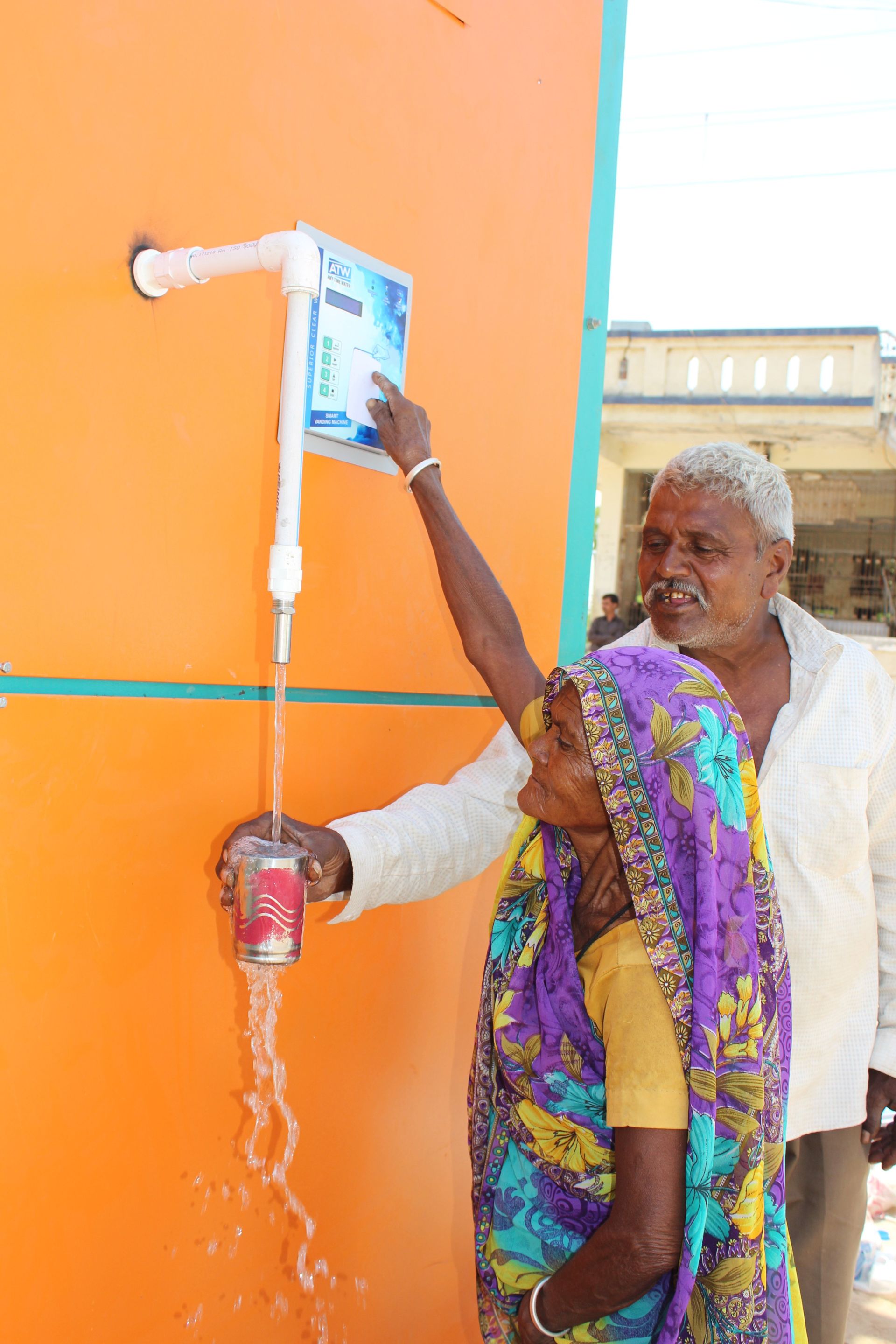
Estimates suggest that about 10 million Indians are affected by fluorosis, a sickness associated with the consumption of increased concentrations of fluoride, mostly through water. Bones get weakened due to excessive accumulation of fluoride in them which results in increased hip and wrist fractures. Dental enamel gets eroded. The fluoride toxicity can also affect the kidneys and suppress the functioning of the thyroid. In children, neurodevelopmental disorders are noticed. In India, Gujarat, Rajasthan and Andhra Pradesh have reported a high incidence of fluoride contamination with 50-100 percent of the population affected.
A lot has been done to tackle the issue but fluoride contamination continues to be a problem. In the early 1970s, the famous National Environmental Engineering Research Institute (NEERI) in Nagpur developed the Nalgonda process to precipitate fluoride out of the water using a combination of aluminium and lime. The Nalgonda process brings the concentration of fluoride down to 0.5 – 1 ml/L, which, according to WHO, is the norm for safe drinking water. Many other options to tackle the problem are available but they have turned out to be high maintenance with a steady requirement for well-trained operators and a good understanding of the process. This is not feasible in rural locations where the problem is more severe.
A new, improved water purifying system
Realising this situation, the Dutch-Indian company Smart Water Solutions Pvt Ltd. or SWS, in cooperation with scientists from Auroville Tamil Nadu, invented a fully automatic system to remove fluoride from drinking water. Called The SuperFloc, the system boasts of an “improved” Nalgonda process. Increased efficiency of the process and fully automated operation system which is solar powered are some of the highlights of the new system. What more? It can deliver up to 6000 litres of purified water per day. The system can be operated online which makes it possible to monitor the purification process from a central location.

Praveen Singhai, the regional director of SWS says, “It took many months to search and select suppliers to meet our specific requirements. But now that we have found them and incorporated their solutions in The SuperFloc, I can say defluoridation has become simpler. There is very little maintenance required and it is easy to train local operators to execute the job. This will make a difference, especially in rural locations where technical skills are sparsely available,” he says. About the process, he says that it is 100 percent automated and can be tracked online. “The advantage of this online connection is obvious. In case of a breakdown in one of our systems in a far-off village, we will immediately notice it happening and can send the operator or technician to solve the problem,” he adds.
The Super Floc technology is already demonstrated in 15 villages in Orissa and is running smoothly at a campus in Uttarakhand for more than a year. Millions of litres of fresh drinking water have been produced so far. Recently, a demonstration was held in Gadhada, a village in northern Gujarat suffering badly from fluoride contamination. Hansaben Dineshbhai Zala, a villager from Gadhada says, “Fluoride in the water is a big problem for my family and the people in the village. My mother suffered from stiff bones which the doctor explained as due to the consumption of high concentrations of fluoride. I often feel weak, my children have teeth problems and my husband broke his arm recently because fluoride affects bones.”
Making the system financially viable
The SuperFloc system purifies the water from a central location in the village termed watershop. People can tap the water anytime from that watershop. A nominal price of about 80 paise-Re 1/litre of purified water is demanded just so the system is financially sustainable. Singhai says, “We see that people are willing to contribute in cash for the water treatment because they notice that being sick has far greater financial consequences.”
But who will pay for the installation of the system? Singhai has the answer. “The SuperFloc is appealing to companies having a water-related CSR policy as well as governments and local villages seriously affected by fluoride contamination. Once The SuperFloc is installed and running, it can be operated sustainably from the income generated through water sales,” he says.
Zala says she is willing to pay that amount for purified water. “Imagine how much money we have paid already to doctors and for medicines. One tiny cup of chai costs Rs 10. I can buy about 15 litres of clean water, sufficient for the entire family, with that money.”
The system not only takes care of fluoride but also removes iron, arsenic, viruses and bacteria from water. Singhai says, “The SuperFloc shows that fluoride and arsenic problems can be solved even in remote places in India. We realise that there is better awareness among people on this issue and that people are willing to contribute to the solution. People take their destiny in their own hands and knock on our doors for help. And we respond by providing a financially sustainable solution.”
Disclaimer: The views and opinions expressed in this article are those of the author/s and do not necessarily reflect the policy or position of India Water Portal.
/articles/simplifying-defluoridation